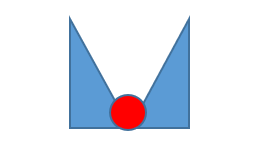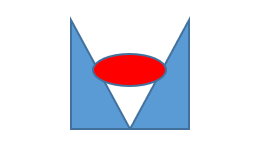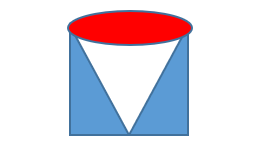
Cleaning the weld layers
Different welding methods produce different impurities on and around the welding layer. These are mainly silicates, slag, spatter and blue discolouration. All impurities can and should be completely removed.
Why do I need to clean weld layers?
Different welding processes produce different impurities on and around the welding layer. These are mainly silicates, slag, spatter and blue discolouration. All impurities can and should be completely removed.
Only after a complete cleaning should the next welding layer be applied. This is important because non-metallic inclusions have a reduced adhesiveness than the rest of the weld metal. This means that the next welding layer cannot adhere properly. Cracks can occur.
If the last welding layer (cover weld) is not cleaned and the component is later provided with a coating, coating defects and corrosion can occur at the inclusion points.
Which tool do I use to remove the contaminants?
The most stubborn impurities are slags and silicates. They are removed with knotted brushes that have a correspondingly aggressive cleaning action.
For splashes, flap discs with zircon corundum are suitable.
Blue discolouration is tackled with brushes with thinner, crimped wires.
Our diagram shows a more precise assignment of welding processes to contamination and tool recommendation.
Avoid application errors.
Please pay attention:
Non-ferrous metals, stainless steel and aluminium should always be processed with brushes with stainless wire!
A brush with stainless wire should never be used in between for processing steel! Otherwise there is a risk of bimetallic corrosion (contact corrosion): Steel particles can be carried onto the workpiece made of precious metal and will corrode.
Position of the weld and
corresponding tool.
Each weld layer in a weld joint must be cleaned. The position of the weld (root, filler or cover weld) has an influence on which tool is suitable for cleaning.

Root seams are deep and are usually more difficult to reach because the weld joint is narrowest here. We recommend wheel brushes with a very narrow working width.

Filler seams can also be processed with wheel brushes. The working width can already be larger here.

Finally, the cover seam is cleaned with a wheel brush or cup brush (for wide seams).
Products for
Cleaning the weld layers.

Wheel brushes, knotted Osborn wire, plastic-bonded
Evolution
Plastic-bonded, knotted wheel brush, high-end quality.